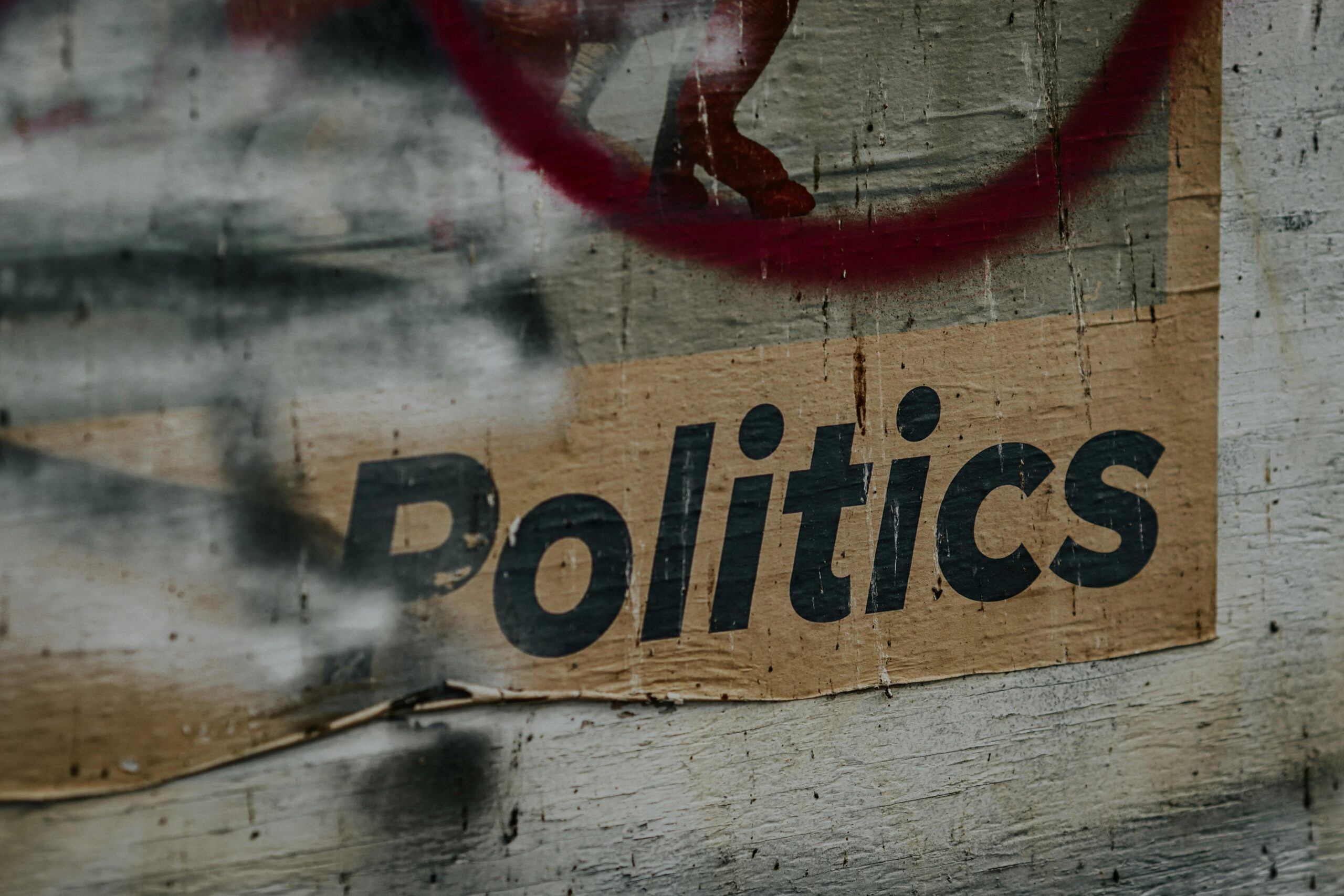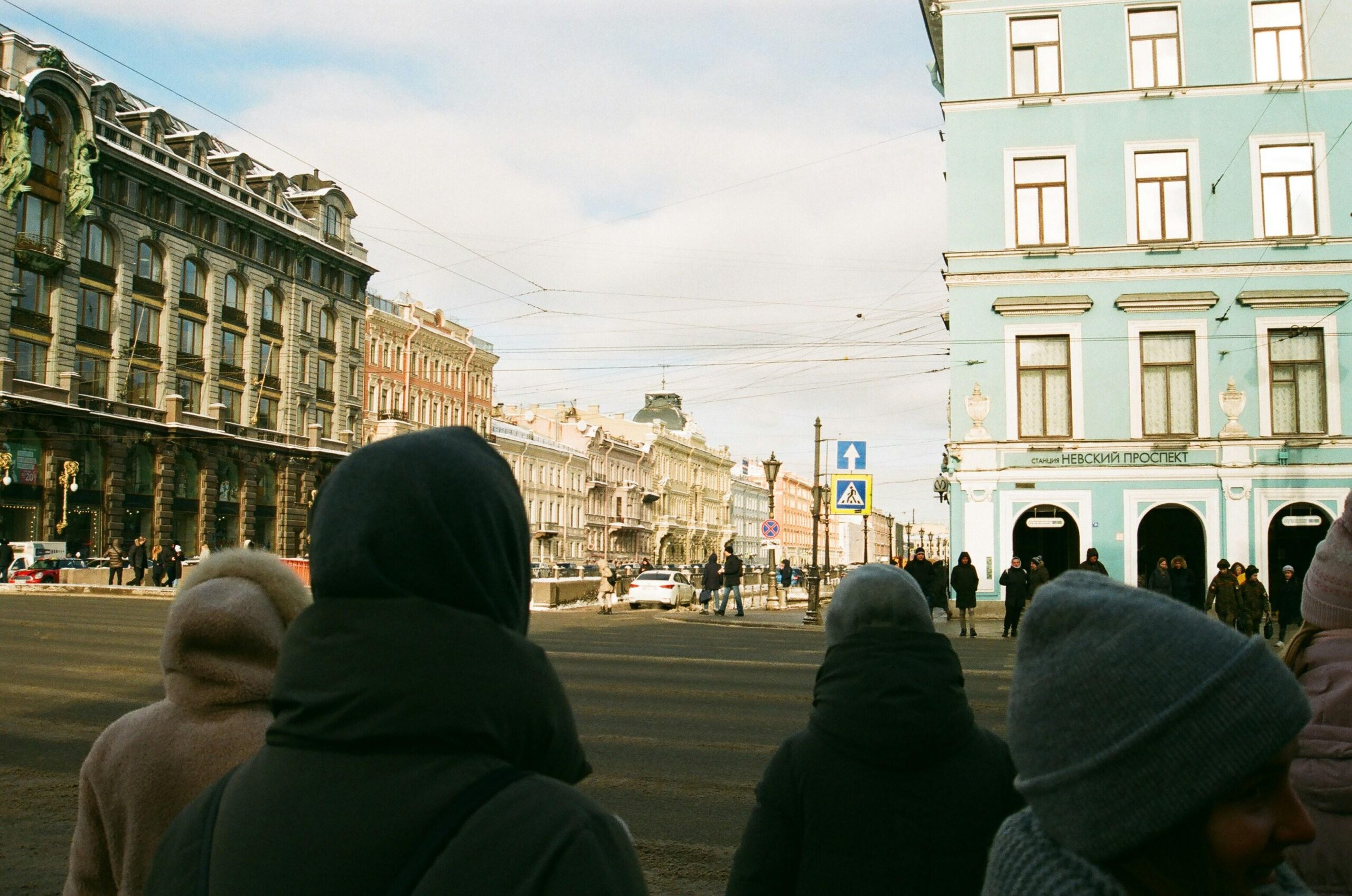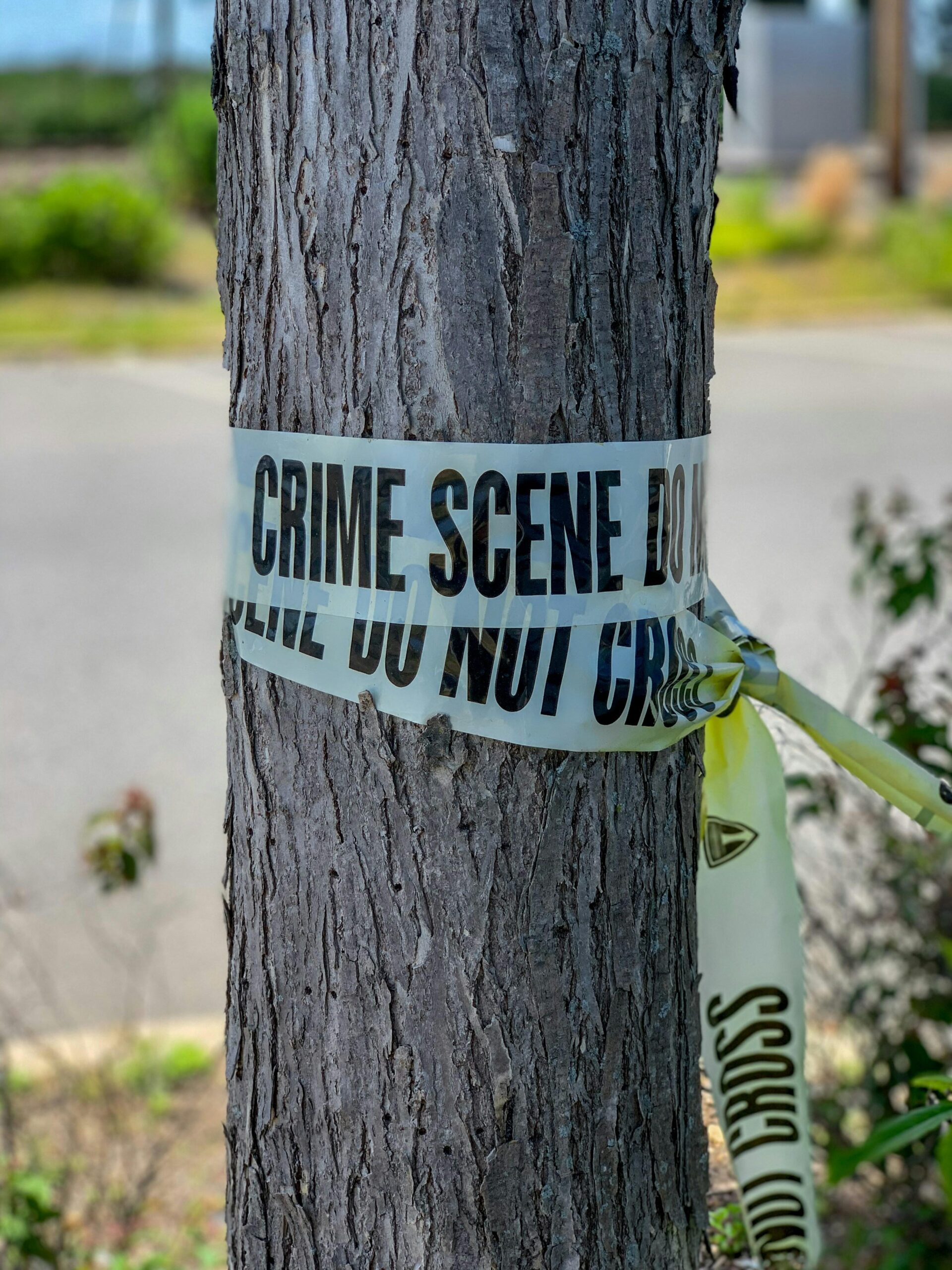There’s something inescapably fascinating about crime documentaries. From chilling cold cases to unraveling complex criminal minds, these stories captivate millions of viewers around the world. But beyond the suspense and shocking revelations, have you ever stopped to wonder how these documentaries influence the way we think about crime itself? In this article, we’re diving into the curious world of crime documentaries to explore how they shape public perceptions, sway opinions, and even impact the justice system. Let’s uncover the subtle—and sometimes surprising—ways these true crime tales mold our beliefs about what crime really means.
Table of Contents
- How Crime Documentaries Craft Our Perception of Criminals and Victims
- The Role of Storytelling Techniques in Influencing Our Sense of Justice
- Why Some Crime Stories Get Told More Than Others and What That Means for Truth
- How to Watch Crime Documentaries Critically and Separate Fact from Drama
- Wrapping Up
How Crime Documentaries Craft Our Perception of Criminals and Victims
Crime documentaries have a subtle yet profound way of molding public perception, often skewing the narrative surrounding both criminals and victims. By selectively highlighting certain details—whether it’s the background of the accused or the emotional turmoil of the victims—they frame a story that can evoke sympathy, fear, or even stereotyping. This selective storytelling taps into our human need for coherence and justice, but it also simplifies complex realities into digestible narratives. The visual and auditory techniques used—such as dramatic reenactments, ominous soundtracks, and close-up interviews—do more than just entertain; they steer our emotional responses and shape our assumptions about guilt, innocence, and morality.
Moreover, these documentaries often rely on recurring tropes and character archetypes that reinforce societal biases. For instance, the “sympathetic victim” or the “cold-blooded villain” creates easy alliances for the audience but can obscure the nuances of each case. Some common strategies include:
- Emphasizing background stories to explain behavior.
- Framing evidence to suggest guilt or innocence before the facts are fully presented.
- Highlighting unique quirks of individuals to make them memorable but stereotypical.
These elements work together to craft a version of reality that feels compelling yet may not fully align with truth, leaving viewers with lasting impressions that influence real-world attitudes and discussions about crime and justice.
The Role of Storytelling Techniques in Influencing Our Sense of Justice
At the heart of every gripping crime documentary lies a carefully crafted narrative, where storytelling techniques transform complex legal matters into accessible, emotionally resonant experiences. Filmmakers often use suspenseful pacing, selective editing, and strategic reveals to nudge viewers toward specific judgments about guilt or innocence. These techniques not only heighten engagement but subtly shape our internal compass, affecting how we perceive fairness and punishment. For instance, intimate interviews and evocative reenactments create a personal connection with victims or suspects, inviting empathy or skepticism. This manipulation of perspective challenges viewers to question their biases, yet it also raises concerns about the objectivity of what we accept as “just.”
Additionally, symbolic elements like music, lighting, and visual metaphors work in tandem with narrative structure to forge a moral framework within the story. Consider how alternating viewpoints—such as law enforcement investigators juxtaposed with accused individuals—encourage us to weigh competing truths. Often, crime documentaries employ:
- Unreliable narrators to evoke doubt and prompt critical thinking.
- Nonlinear timelines to mirror the complexity of legal inquiries and the often fragmented nature of justice.
- Moral dilemmas presented without clear resolution, stimulating ongoing debate about right and wrong.
By weaving these techniques into compelling stories, crime documentaries do more than inform—they actively influence our evolving sense of justice, urging us to reflect on how narrative shapes truth.
Why Some Crime Stories Get Told More Than Others and What That Means for Truth
When we dive into the world of crime storytelling, the narratives that dominate our screens and podcasts aren’t usually just the most sensational or shocking cases. Instead, they are often those that fit preconceived notions, cultural biases, or those able to evoke a strong emotional response. Stories featuring certain demographics or crimes with a clear villain tend to overshadow complex societal issues such as systemic inequality or miscarriages of justice. This selective spotlight skews public perception, creating a reality where some truths are amplified while others are effectively silenced.
Moreover, the repetitive telling of these crime stories shapes not only our understanding of crime but also influences our collective conscience about accountability and justice. Consider these factors often influencing which cases get told:
- Media Appeal: The marketability of a story based on dramatic or emotional elements.
- Accessibility: Availability of clear evidence or compelling narratives.
- Social Narratives: How well the story fits within popular myths or societal anxieties.
This curated framing means the truths we embrace are often a reflection of what is convenient or captivating rather than comprehensive, raising important questions about the integrity of “truth” in crime documentaries.
How to Watch Crime Documentaries Critically and Separate Fact from Drama
When diving into crime documentaries, it’s essential to maintain a curious yet discerning mindset. These films often blend meticulously researched facts with heightened drama to keep you hooked, which can sometimes blur the lines between reality and storytelling. To navigate this effectively, approach each documentary with questions rather than conclusions. Ask yourself: What evidence supports this claim? Is there a possibility of bias in how the story is presented? Remember that editing choices and narrative framing can significantly influence how information is perceived, so it’s crucial to watch with an analytical eye.
To sharpen your critical viewing skills, consider these strategies:
- Cross-reference details: Look up multiple reputable sources to verify key facts presented.
- Identify emotional triggers: Notice moments where music or visuals might be nudging you toward a particular feeling rather than objective understanding.
- Recognize storyteller perspective: Understand who is telling the story and what their possible motivations are.
- Separate evidence from conjecture: Be mindful of speculation framed as fact within the narrative.
Developing this thoughtful approach not only enriches your viewing experience but also empowers you to form your own informed opinions about the stories you encounter.
Wrapping Up
As we’ve seen, crime documentaries are more than just thrilling stories—they’re powerful storytellers that shape our perceptions of crime, justice, and morality. Whether they spark empathy, fuel fear, or challenge our assumptions, these narratives invite us to look closer at the complexities behind the headlines. So next time you settle in for a true crime binge, take a moment to wonder: How is this story shaping the way you think about crime? The answers might be as layered and surprising as the cases themselves.












